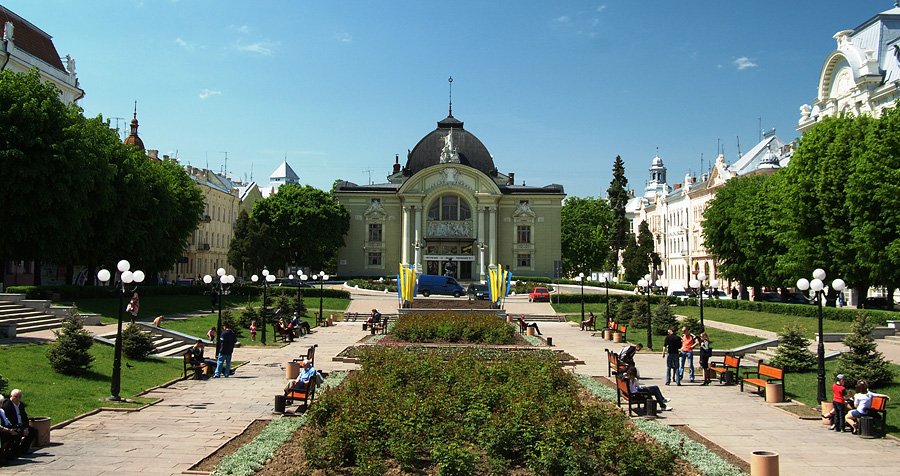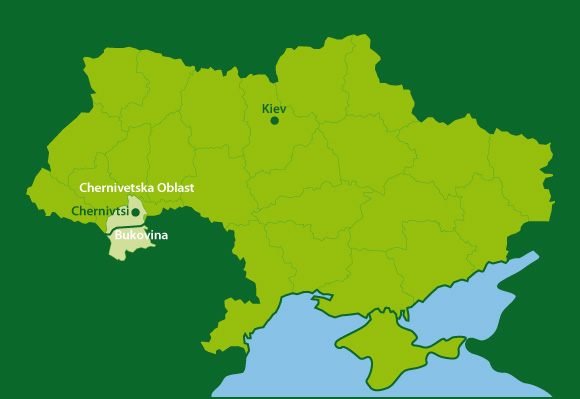
Bukovina is a historical region in Central Europe, divided by the Romanian-Ukrainian border. It is located on the northern slopes of the central Eastern Carpathians and the adjoining plains.
Historically, the territory that became known as Bukovina was a part of Moldavia. From 1774 to 1918, it was an administrative division of the Habsburg Monarchy, the Austrian Empire and then Austria-Hungary. After the First World War, Romania established control over Bukovina. In 1940, the northern half of Bukovina was annexed by the Soviet Union and nowadays it finds itself within the borders of Ukraine.

Name
The name Bukovina came into official use in 1775 when the Principality of Moldavia lost the region to the Habsburg Monarchy. In 1804 the Monarchy became the Austrian Empire and in 1867 Austria-Hungary.
The official German name under Austrian rule (1775–1918), die Bukowina, was derived from the Polish form, which in turn was derived from the Slavic word ’buk’, meaning ‘beech tree’. Another German name for the region is ‘das Buchenland’ (beech land), but this is mostly used in poetry. In Romanian, in literary or poetic contexts, the name Țara Fagilor (the land of beech trees) is sometimes used.
Nowadays in Ukraine, the name is unofficial, but is common when referring to the Chernivtsy Oblast (province) as over two-thirds of the oblast is the northern part of Bukovina. In Romania ‘Northern Bucovina’ is synonymous with the entire Chernivtsi Oblast.
Geography and economy
The southwestern half of Bukovyna consists of the Carpathian Mountains, which are divided into two ranges: the crystalline ‘Maramureş-Bukovynian Upland’ and the flysch ‘Hutsul Beskyd mountains’. Adjacent to the Carpathians lie the Bukovynian Carpathian foothills. Then comes a part of the ‘Pokutian-Bessarabian Upland’, located between the Prut River and the Dnister River.
The climate of Bukovyna is temperate continental, modified by the elevation. For example, the temperature at Vatra Dornei (at 789 m) is -6.4°C in January and 14.2°C in July; at Chernivtsy (at 252 m) the temperature is -5.1°C in January and 20.1°C in July. About 40 percent of the area is forest, up to 20 percent is pasture and over 30 percent is cultivated land.
The 270,000 ha under cultivation produce corn, rye, wheat, oats, potatoes, seed grasses and sugar beets. In 1930, about 75 percent of the population was employed in agriculture. The crystalline band contains useful minerals as iron ore, manganese ore, lead, silver and copper ores. The Carpathian foothills contain salt and cement marls.
The main industry is woodcrafts, which produces significant exports, followed by the food industry (sugar refining, milling, brewing), tanning and shoemaking, rubbermaking, and knitting. In general industrial development is low. The railway network and highway network are well developed.
You can read more about Bukovina on www.encyclopediaofukraine.com or on Wikipedia.org
UKRAINIAN SINGERS
Ani Lorak
Tina Karol
advertisement
Okean Elzy
Olexander Ponomarev
advertisement
Jamala






